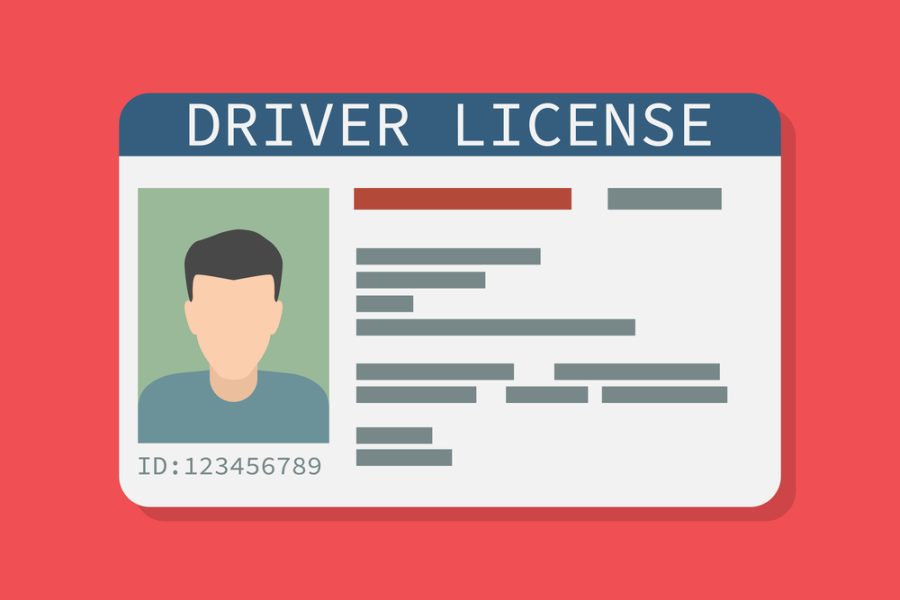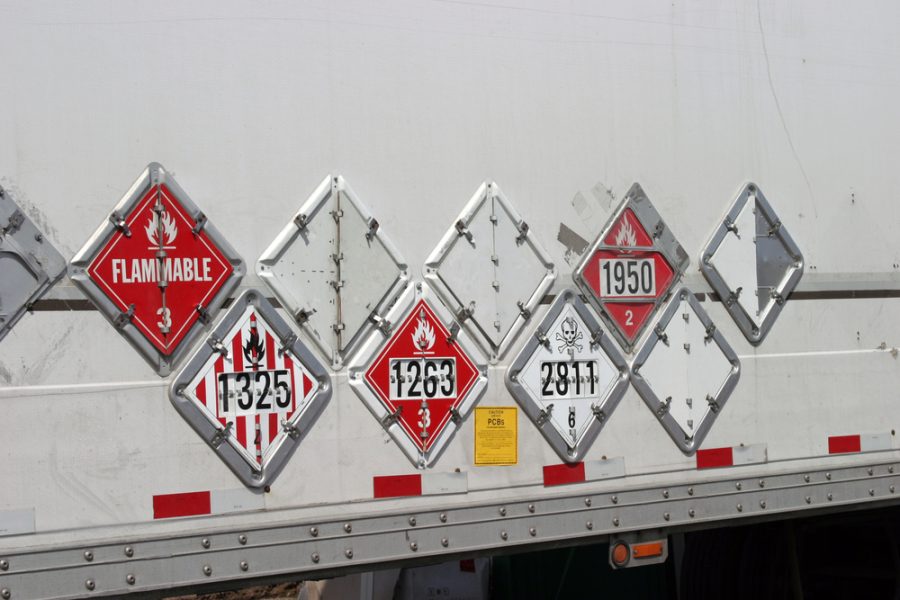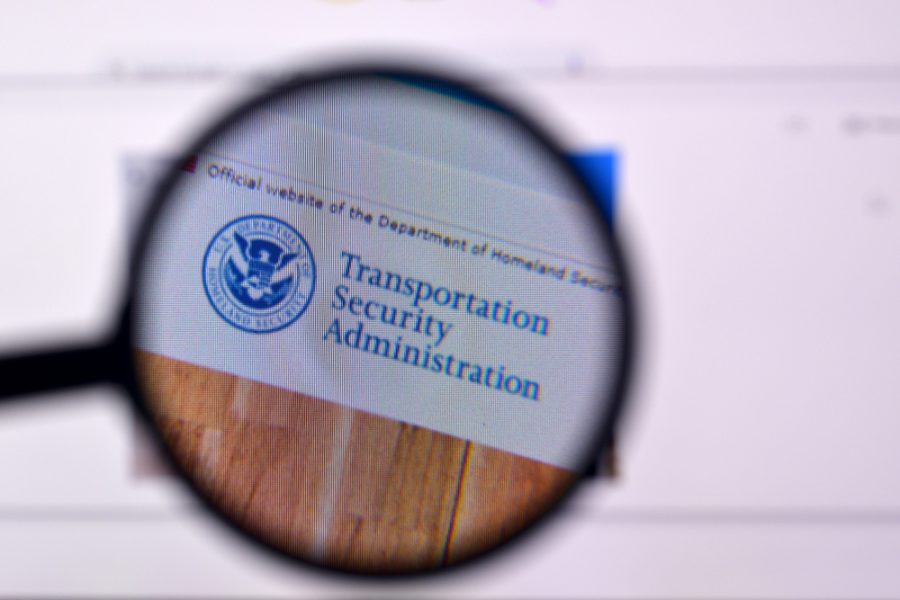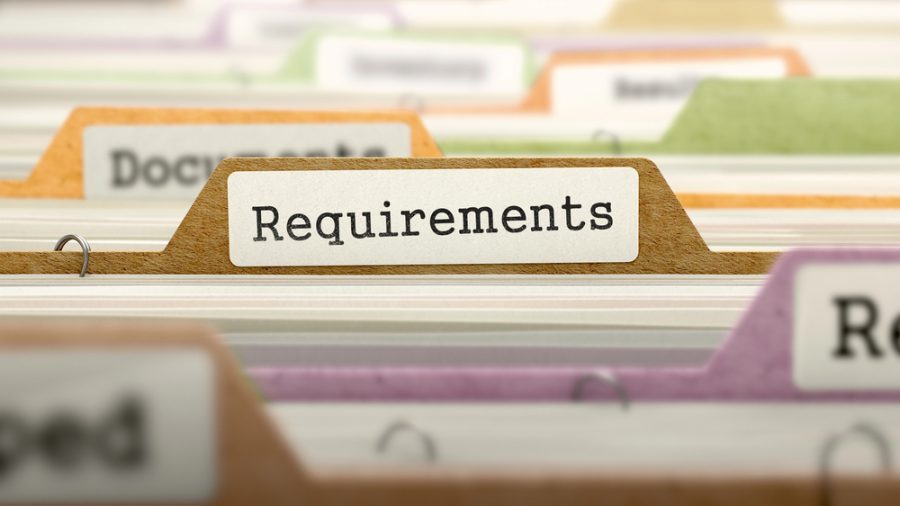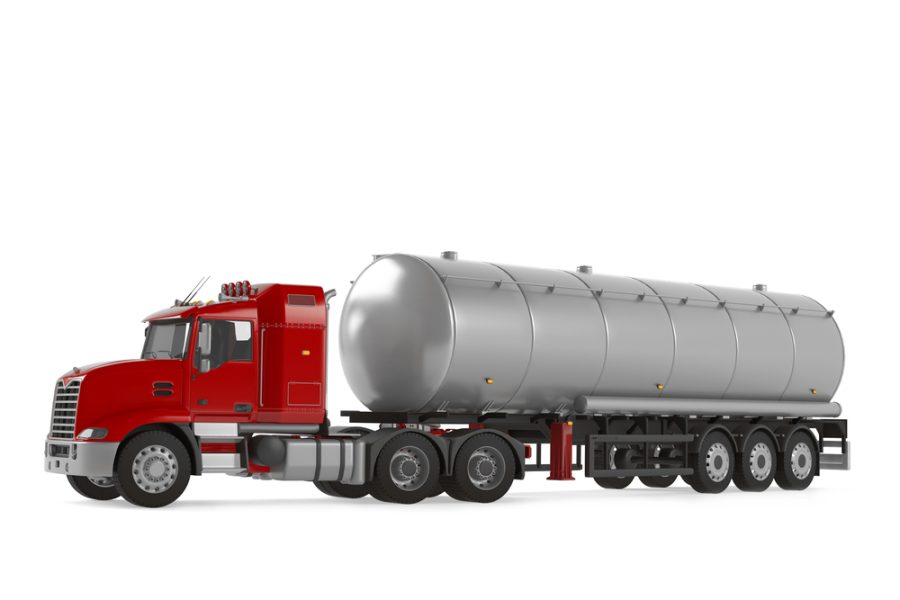Introduction
A Commercial Driver’s License (CDL) is required to operate big or heavy vehicles and prove you have the skills and knowledge to do so safely and effectively. Getting a CDL opens up a whole lot of job opportunities in the trucking and transportation industry.
However, some types of cargo require more than the basic CDL. That’s where endorsements come in, to give you the specialized training to handle specific types of cargo and vehicle configurations safely.
Among the many endorsements available, the Hazmat (H) and Tanker (N) are the most important. The Hazmat endorsement is required for drivers who transport hazardous materials, so they need to know and follow strict safety regulations to protect themselves, the public, and the environment. The Tanker endorsement is required for drivers who transport liquids in bulk, so they can handle the unique handling characteristics of tanker vehicles.
CDL Endorsements
CDL endorsements are specialized qualifications added to a Commercial Driver’s License (CDL) that allows a driver to operate specific types of vehicles or transport certain types of cargo. These endorsements ensure a driver has the necessary knowledge and training to handle the unique challenges and safety requirements of different types of transportation. To get an endorsement, commercial drivers must pass additional written tests and in some cases practical driving tests that test their knowledge and skills related to the endorsement they are seeking.
CDL endorsements include Hazmat (H), Tanker (N), Passenger (P), School Bus (S), and more. The Hazmat endorsement allows you to transport hazardous materials safely, the Tanker endorsement is for those who haul big loads of liquids. The Passenger endorsement is for drivers who operate vehicles that carry multiple passengers and the School Bus endorsement is for those who transport students.
These endorsements not only add to a driver’s qualifications but also increase their earning potential and job opportunities by making them eligible for more specialized and often higher-paying jobs in the transportation industry.
Hazmat and Tanker Endorsement
Hazmat Endorsement (HME)
The Hazardous Materials Endorsement (HME) is a specialized qualification added to a Commercial Driver’s License (CDL) that allows you to transport hazardous materials safely and legally. This is important because it ensures you are trained to handle dangerous substances and minimize the risks involved in transporting them. Hazardous materials can be a threat to public safety and the environment so you need to know the strict regulations and safety protocols involved in transporting them.
To get a Hazmat endorsement, the CDL holder must meet several requirements as part of their hazmat endorsement application. First, they need to pass a written test that covers the regulations and safety procedures for handling hazardous materials. The Transportation Security Administration (TSA) will also conduct a background check and security threat assessment which includes submitting fingerprints, verifying lawful status, and paying a non-refundable fee.
The endorsement must be renewed periodically and drivers must go through the background check and security assessment again to remain compliant. Common jobs for Hazmat endorsement holders include driving tankers, fuel trucks, and vehicles that transport chemicals or other dangerous goods, making them valuable assets in industries that require the safe and secure movement of hazardous materials.
Tanker Endorsement
The Tanker Endorsement is an additional certification for Commercial Driver’s License (CDL) holders that allows them to transport liquids and bulk materials in tanker vehicles. This is important because driving a tanker requires specialized skills because of the unique handling of liquid cargo which can shift and affect the vehicle’s stability. Ensuring drivers have the proper training and knowledge to manage these challenges is key to road safety.
To get a Tanker endorsement, drivers must pass a written test that covers the specific regulations, safety procedures, and operational techniques for transporting liquid cargo. This test ensures drivers understand the complexities of driving tankers such as surge effect, proper loading and unloading procedures, and emergency response protocols.
Once certified, Tanker endorsement holders can work in various jobs such as fuel trucks, milk tankers, and chemical transport vehicles. These roles are crucial in industries that require the transportation of bulk liquids so Tanker endorsement holders are valuable and in demand in the transportation industry.
Passenger and School Bus Endorsements
Passenger (P) Endorsement
The Passenger (P) Endorsement is a specialized certification for Commercial Driver’s License (CDL) holders who operate Class B passenger vehicles. This is important because it ensures drivers are qualified to transport groups of people whether in buses, shuttles, or other large passenger vehicles.
Passenger safety is a top priority when transporting people and the endorsement ensures drivers have the training to handle the responsibilities and challenges of carrying multiple people.
To get a Passenger endorsement, drivers must pass both a written test and a skills test. The written test covers topics such as passenger safety, vehicle inspection, and emergency procedures while the skills test evaluates the driver’s ability to operate a passenger vehicle in different driving conditions. The application process also requires submission of personal information, proof of valid CDL, and passing a medical examination to ensure fitness to drive. Once certified, P endorsement holders can work in various jobs such as school buses, transit buses, charter buses, and airport shuttles.
School Bus (S) Endorsement
The School Bus (S) Endorsement is a specialized qualification for Commercial Driver’s License (CDL) holders that allows them to operate school buses. This is important because it ensures drivers are trained to safely transport students to and from school and on field trips and other school activities. Child safety is a top priority and the endorsement ensures drivers understand the specific regulations and safety protocols for school bus operations.
To get a School Bus endorsement, drivers must meet several requirements. They need to pass both a written test and a skills test. The written test covers topics such as student safety, loading and unloading procedures, emergency evacuation, and school bus-specific traffic laws. The skills test evaluates the driver’s ability to operate a school bus in different driving situations such as through traffic and safe stops and starts.
The application process requires submission of personal information, proof of valid CDL, and passing a background check and medical examination. Once certified, S endorsement holders can work in various roles such as driving school buses for public and private schools, operating buses for extracurricular activities, and transporting students for special education programs.
Endorsement Application Process
Applying for CDL endorsements involves several general steps to ensure drivers are qualified and trained for specific vehicles or cargo. The process starts with getting a Commercial Learner’s Permit (CLP) and passing the required written tests for the endorsement. Once the tests are passed, drivers must submit several documents such as birth certificate, current driver’s license and proof of lawful status in the United States. These documents will verify the driver’s identity and eligibility for the endorsement.
Fingerprinting is a critical part of the endorsement application process, especially for endorsements like hazardous materials endorsement. Drivers can usually do the fingerprinting at authorized locations such as law enforcement agencies or designated service providers.
During this process, applicants will have their fingerprints taken electronically or via ink and paper and may need to provide additional ID. The local Department of Motor Vehicles (DMV) or driver’s license office will play a big role in the application process by administering tests, collecting documents, and guiding applicants through each step.
Be aware of ineligibility factors such as certain criminal convictions or medical conditions that can affect endorsement approval. Addressing these issues promptly and providing required documentation or clarification can help remove obstacles and make the application process smoother.
Transportation Security Administration (TSA)
The Transportation Security Administration (TSA) is responsible for the safety of transporting hazardous materials. Their goal is to prevent security threats by thoroughly screening individuals who want to get a Hazmat endorsement on their Commercial Driver’s License (CDL).
This endorsement allows drivers to transport materials that could be a threat to public safety if mishandled or intercepted for malicious purposes. By implementing strict security measures, the TSA keeps the transportation system secure and the public safe from the hazards of moving dangerous goods.
A key part of the TSA’s process is the security threat assessment which thoroughly evaluates an applicant’s background to determine their eligibility for a Hazmat endorsement. This involves a review of the applicant’s criminal history, immigration status, and other factors that may indicate a security risk. Applicants will need to get fingerprinted which can be done at authorized TSA locations.
During this process, a TSA agent will collect the applicant’s fingerprints electronically or via ink, verify their ID with supporting documents, and give instructions on what to do next. Homeland Security is also involved in this process and uses its resources and databases to do a thorough background check to ensure only those who meet the strict security requirements get a Hazmat endorsement.
Maintaining and Renewing Endorsements
Maintaining and renewing endorsements like Hazmat and other special qualifications is a big part of keeping compliant and safe in the transportation industry. The renewal process for Hazmat and other endorsements usually involves re-taking the written tests, going through a new TSA security threat assessment, and submitting updated documents to the driver’s license office. Staying compliant with TSA’s security threat assessment is important especially since this will ensure drivers remain eligible to handle hazardous materials by continuously meeting the strict security standards.
To renew endorsements drivers must follow these steps at their local driver’s license office. These steps usually include filling up a renewal application, providing current ID and proof of lawful status, and paying the required fees. For Hazmat endorsements, drivers must also get fingerprinted and undergo a new background check by the TSA. Issues like ineligibility due to changes in criminal history or medical conditions can arise during the renewal process. It’s important to address these issues promptly by providing required documents or getting guidance from the right authorities.
Entry-Level Driver Training (ELDT)
Entry-Level Driver Training (ELDT) requirements are to ensure new Commercial Driver’s License (CDL) holders have the basic skills and knowledge to operate commercial vehicles safely and effectively.
These requirements require aspiring CDL drivers to complete a training program from a registered training provider covering basic vehicle control, safe practices, and an understanding of the regulations governing commercial driving. ELDT is to set a high bar for new drivers so they are well prepared for the responsibilities of driving big and potentially hazardous vehicles.
Training is a big part of getting endorsements like Hazmat, Tanker, or Passenger endorsements. Comprehensive training programs provide drivers with the specialized knowledge and skills to handle specific types of cargo or passenger vehicles. These programs usually include classroom instruction and hands-on training focusing on the unique challenges and safety protocols of each endorsement.
By preparing drivers for the endorsement exams these training programs ensure drivers not only pass the tests but also can perform their duties safely and efficiently in real-life scenarios. This preparation is key to road safety and the overall competence of the transportation workforce.
Conclusion
Getting and maintaining CDL endorsements is important for drivers who want to expand their skills and career opportunities in the trucking industry. Endorsements like Hazmat, Tanker, and Passenger not only certify drivers to handle specific types of cargo and vehicles but also equip them with the necessary skills to do so safely and efficiently.
Pursuing these endorsements can increase a driver’s job prospects and income, making them more versatile and valuable in the competitive transportation industry. As the industry moves forward endorsements will remain a key to safety, compliance, and professionalism among commercial drivers and ultimately to a better transportation system.

